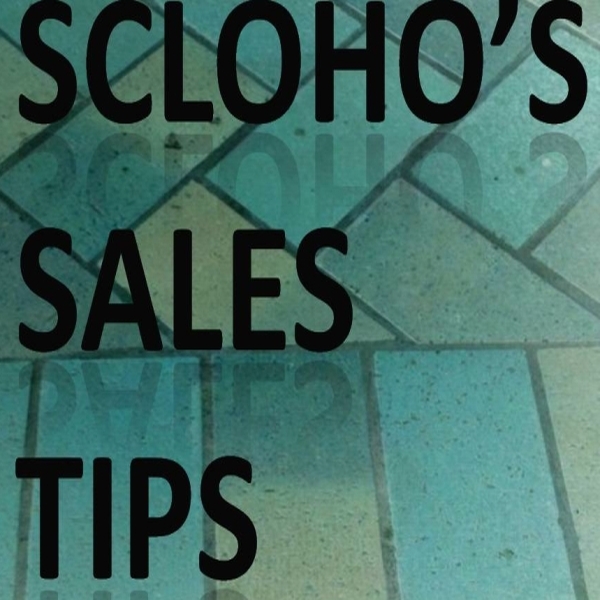Today's sales tip is from a newsletter I receive from RAB.com: Learning From That Sale You Lost My mom always used to tell me how we learn more in life from our failures than we do from our successes, yet for too many of us in sales this concept doesn't seem to sink...
ScLoHo Sales Tips
You gotta have a plan…
from RAB.com, this weeks sales tip: Have a Focused Game Plan Defining success metrics allows you to formulate a game plan for your meetings with prospective clients. If you know what you need to accomplish, the roadmap becomes very clear for what you need to achieve....
How to use stories to Sell
Welcome to Labor Day, 2013. Lot's of folks have a three day weekend, except those in retail sales. Want to be more successful in sales? Stop being a typical pushy salesperson. Just be a person who helps people buy. And follow this advice from RAB.com: People...
Pest or Persistent?
Pushy salespeople often get rejected. We push back against them. Instead, if you are in sales, have conversations with your potential customers. Here's more from RAB.com... Persistence Pays Off Stop assuming customers won't take your call, agree to an appointment or...
Avoid Wishy Washy Words
from RAB: 10 Hedge Words That Are Sales Killers I've found that the nicest people use the most hedge words. Hedge words soften what nice people say. Maybe it is because of trying to not sound too aggressive or forceful, but these words will steal confidence from...
Being a Salesperson That Deserves Respect
I spent 10 years earning my living directly from a sales commission in the world of radio advertising. (Altogether, I spent 25 years in the wild and wacky world of radio, including on the air and in management). I still get email updates from the Radio Advertising...
Selling Words
from RAB: Watch What You Say There are four verbal communication rules to remember in sales: -- Use descriptive language -- Use short sentences -- Avoid buzz words and jargon -- Avoid tag questions and qualifiers ("I guess," "I hope," "sorta," "probably") When...
Sales Basics: Attitude
The easy ones sometimes aren't. Unless you are prepared and know what you are doing. Around the group of radio stations I work with, I am the fix-it person. About four years ago when I moved into management, I took over our Hip-Hop Station and increased sales to hit...




